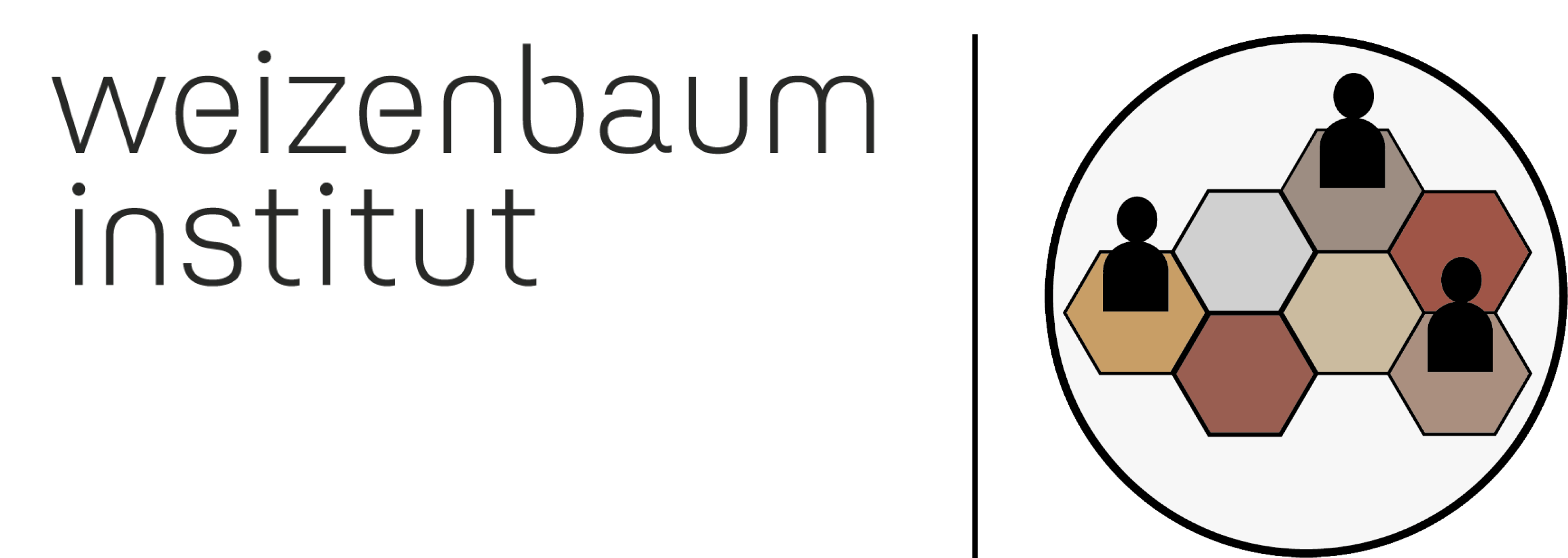“Mindmasters: The Data-Driven Science of Predicting and Changing Human Behavior”, Sandra Matz
“Governing AI for Autonomous Humans”, Richard Whitt (GliaNet Alliance)
“Making the Cyberspace Great Again”, Alexandre de Streel
“A procedural theory of technology neutrality”, Marco Almada
“Book Launch: An Introduction to Law and Regulation”, Sofia Ranchordas and Karen Yeung
“AI’s Ripple Effect on Skills and Labour Markets”, Fabian Stephany
